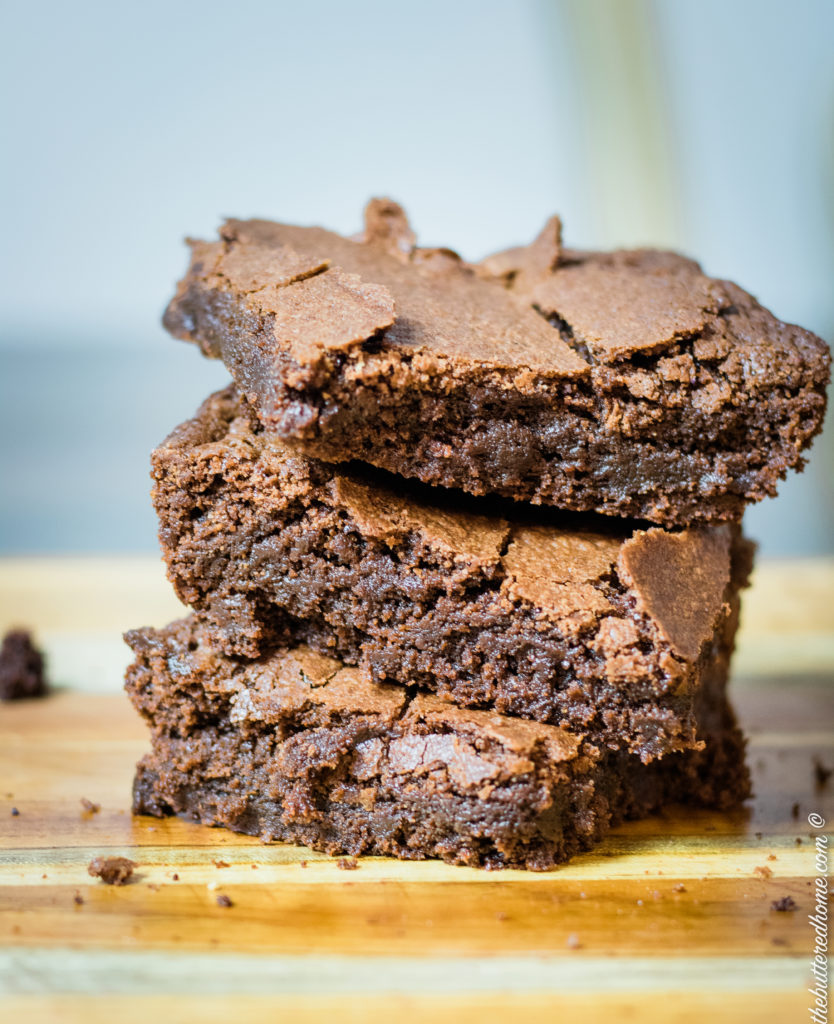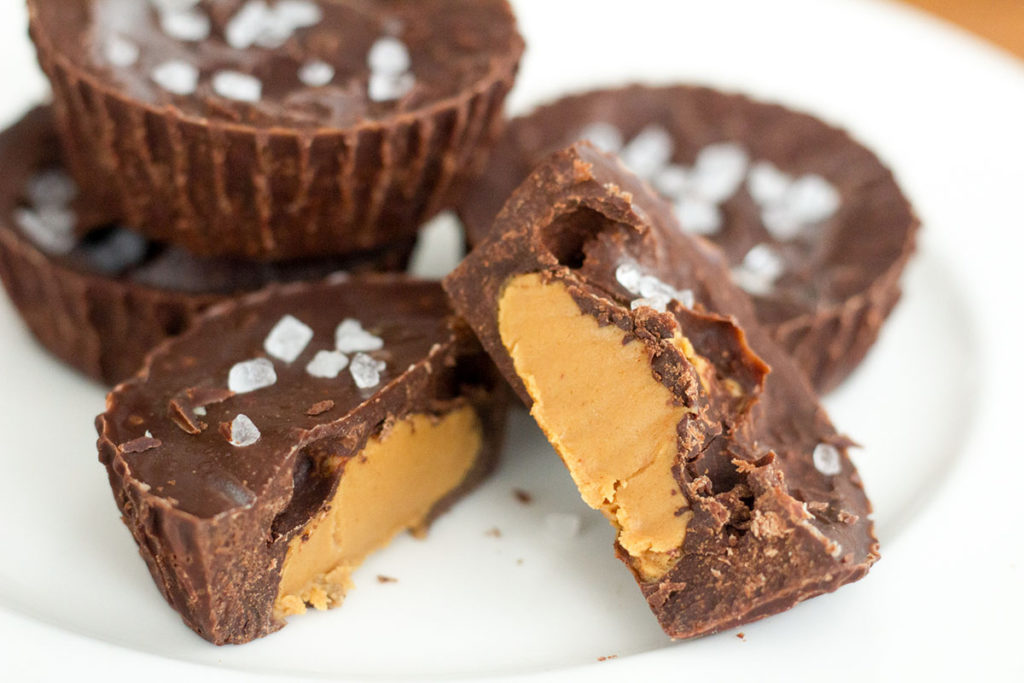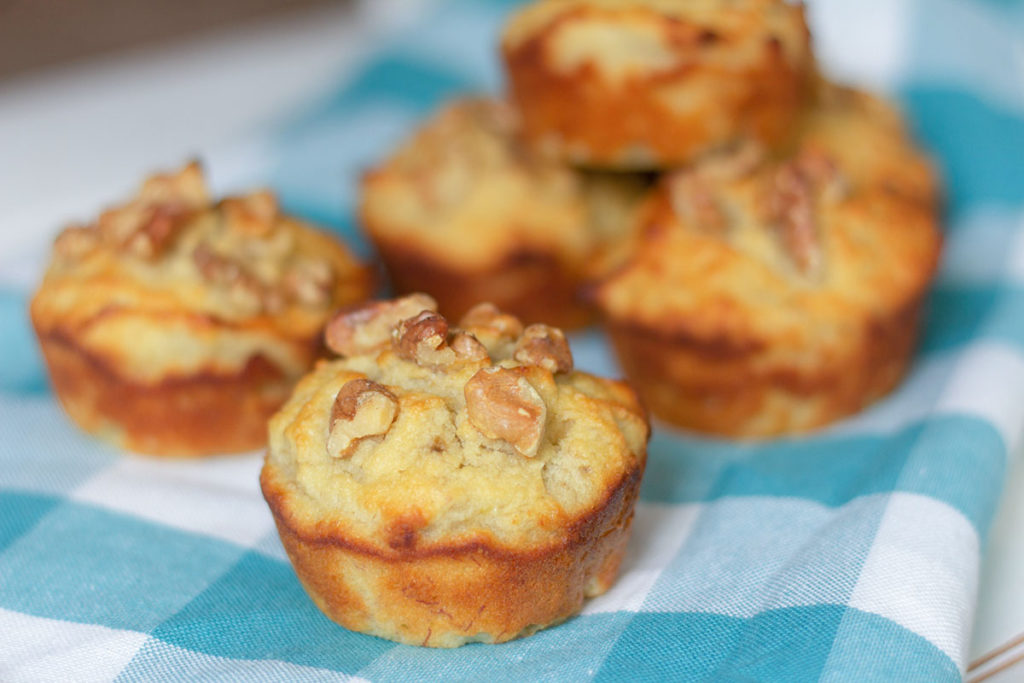Sugar is certainly sweet, but too much of this good thing can be a real downer for your health.

By Jennifer Kornegay
A lot of us enjoy treats like ice cream, cookies, donuts, candy and other sweets, but the refined sugars and high-fructose corn syrup that give these delights the taste we love have been shown by multiple studies to be addictive (some suggest as addictive as illegal drugs), meaning often, the more sugar we consume, the more we crave, creating a real sugar rush.
This seems to be collectively true: The amount of sugar the average American eats annually has been steadily rising for several decades. According to the American Heart Association, adults currently take in approximately 60 pounds of added sugar every year, three times more than most nutritionists recommend for women and almost twice the amount recommended for men.
This increase is a problem for a few reasons. First, indulging in too much sugar can lead to weight gain, which can bring on a host of health issues. Helen Jones, MS, LD, regional extension agent, nutrition, diet and health with the Alabama Cooperative Extension System, explained how a reduction in sugar intake can result in a healthier weight and better health outcomes. “Less added sugar can help stop weight gain and fat buildup that’s linked to heart disease,” she says. “According to the American Dietary Guidelines, you need only 15 percent of your calories from added sugar.”
Even if you’ve got a hummingbird’s metabolism (or some other blessing from the weight gods), and sugar doesn’t cause you to carry around a few extra pounds, a diet high in sugar can have other negative impacts, as it can bump up the likelihood of developing several serious conditions and diseases. “Even if you’re at a healthy weight, you may be able to lower your heart disease risk when you cut back [on sugar],” Jones says. She also noted that consuming too much sugar can increase the risk of Type 2 diabetes, chronic inflammation, high blood pressure, non-alcoholic fatty liver disease, high cholesterol, tooth cavities and more.
On the flipside, Jones stressed that cutting down the amount of sugar you eat can bring health benefits. “Reducing the amount of sugar in the diet can help a person reduce their risk of all the health conditions that excessive sugar is linked to,” she says. “And replacing high sugar foods with healthful options can help a person get all of their essential vitamins and minerals without the added calories.”
Be aware of ‘hidden’ sugar

While minimizing sugar in your diet takes determination and willpower, it also takes a little work. Not only is sugar packed into the obvious items, like desserts and sugary snacks, it’s also lurking (in alarmingly high amounts) in many packaged and processed savory foods, things like pasta sauce, marinades and even canned soups. This “hidden” sugar leaves a lot of us unaware of the true level of sugar we’re ingesting, so thoroughly reading the ingredient lists and nutrition labels on all the food you buy is important.
Jones also recommends setting realistic and attainable goals and not being too restrictive too quickly. “People wishing to adopt a no-sugar diet plan should do so gradually. Alternating the diet plan or eating sugar on special occasions may help some people cope with the loss of sweetness in the diet,” she says.
And in some instances, going 100-percent sugar-free is not necessary for optimal health. In many cases, moderation is the key. “Cutting back on sugar is a good idea for many people, as it helps reduce the risk of numerous conditions and can improve a person’s overall health,” Jones says.
Jones warned that simply ditching sugar doesn’t guarantee weight loss or a long, healthy life and advised talking to a doctor before making a major change to your diet. “Eliminating sugar from the diet is not a complete solution for weight loss. It is part of a lifestyle change that should also involve regular exercise and a nutritious diet,” she says. “Anyone looking to start following a no-sugar diet should speak to a doctor, dietitian or nutritionist, especially if they have any underlying health conditions.”
Whatever route is best for your personal health — less sugar or no sugar — you don’t have to live life constantly feeling deprived. Check out these sugar-free recipes that deliver flavor without the detrimental effects of excess sugar.
Homemade brownies are easier than you think! Now you can have them sugar-free! With a whole new market of great sugar substitutes that are cup for cup replacements, even those of us watching our sugar can still enjoy sweets from time to time. Made with ingredients that are common in your pantry and refrigerator, you will never have to buy box brownies again! Easy and delicious, they are a real crowd pleaser. And you don’t even have to tell anyone they are sugar-free! Find more recipes at thebutteredhome.com.

Homemade Brownies (Sugar-free)
1 1/4 cup self-rising flour
2/3 cup cocoa
1 teaspoon salt
2 cups Swerve sugar substitute
1 cup melted butter
3 eggs, beaten
1 teaspoon vanilla
Preheat oven to 350 degrees. In a large bowl, mix dry ingredients well with a whisk. Add wet ingredients one at a time, mixing well after each addition. Spray a 9 x 13 baking pan lightly with cooking spray. Spread brownie mix evenly in pan. Bake 30-40 minutes. Cool in pan for 10-15 minutes, cut and serve. Enjoy!
Cook of the Month: Robin O’Sullivan, Wiregrass EC

Robin O’Sullivan admits she has a bit of a peanut butter cup problem. “They are probably my favorite food,” she says. “I could eat them all day.” But since she tries to keep her diet from getting truly overloaded with sugar and calories, she often opts for this sugar-free version of the sweet treat. “I tried several variations and think this one tastes great. There’s no aftertaste like there can be sometimes with sugar substitutes,” says Robin, a member of Wiregrass Electric Cooperative who has won our Cook of the Month honors in the past. Bonus: It’s easy. “There’s some time involved because you have to freeze them, but the steps are pretty simple,” she adds.

Sugar-Free Peanut Butter Cups
3/4 cup melted coconut oil
1/2 cup cocoa powder
3 tablespoons liquid Stevia (or your favorite liquid sweetener)
3/4 cup peanut butter
Coarse sea salt
Mix the coconut oil, cocoa powder and liquid Stevia in a bowl. Fill a muffin tin with paper liners. Fill each liner 1/4 full with cocoa mixture. Place 2 teaspoons of peanut butter into the center of each. Divide remaining cocoa mixture among liners, pouring over peanut butter. Sprinkle each peanut butter cup with coarse sea salt. Freeze for one hour.
Sugar-Free Banana Muffins

3 large or 4 medium very ripe bananas
3 eggs
1 teaspoon pure vanilla extract
1 teaspoon baking powder
1/2 teaspoon salt
3 cups almond flour
1/4 cup granulated Swerve sweetener
walnut chips, optional
12 baking cups
Preheat oven to 350 degrees. Place baking cups in muffin pan. With a powerful mixer, mix bananas, eggs, vanilla, baking powder, sweetener and salt until smooth. Add almond flour, and mix just enough to combine. Scrape down the sides and mix just a bit more. Using an ice cream scoop, divide the batter in to 12 muffin cups. I add walnut chips to the top and press them down. Bake for 30 minutes, or until golden brown or a toothpick inserted comes out clean. Let cool and enjoy! Store in a cool dry place for 5 days. They can be frozen for 3 months.
Denise Swann, Dixie EC
Diabetic Pound Cake
2 cups flour
½ cup corn oil
2 eggs, beaten
1 teaspoon vanilla
3 large bananas
1 ½ tablespoons liquid sweetener
4 tablespoons buttermilk
1 teaspoon baking soda
1 ½ cups nuts (mixed or pecans)
1 cup raisins
Mix together eggs, oil, vanilla, bananas and sweetener. Add flour, soda and buttermilk. Mix well. Add nuts and raisins. Bake at 350 degrees, in a tube pan, for about 1 hour. Let cool before removing from pan.
Mary McGriff, Cullman EC
Refreshing Shake
2 tablespoons cocoa powder
2 tablespoons PB2 (powdered peanut butter)
1 banana (if no banana, use less sugar substitute)
2 tablespoons collagen powder
1 cup unsweetened almond milk
1 teaspoon Stevia
Add sliced banana to blender. Add all remaining ingredients and blend together. Ice can be added and blended into shake. It tastes a lot like a Reese’s Cup milk shake.
Beth McLarty, Cullman EC
Please send us your original recipes, developed by you or family members. You may adapt a recipe from another source by changing as little as the amount of one ingredient. Cook of the Month winners will receive $50, and may win “Cook of the Month” only once per calendar year. To be eligible, submissions must include a name, phone number, mailing address and co-op name. Alabama Living reserves the right to reprint recipes in our other publications.
Themes and Deadlines:
- August:
Seafood | May 7 - September:
My grandparent’s favorite dish | June 4 - October:
Potatoes | July 2




